Would you let a robot choose your next perfume?
With the rise of AI, luxury fashion houses and artisan perfumers are embracing tech-enhanced fragrances. You might even already be wearing one
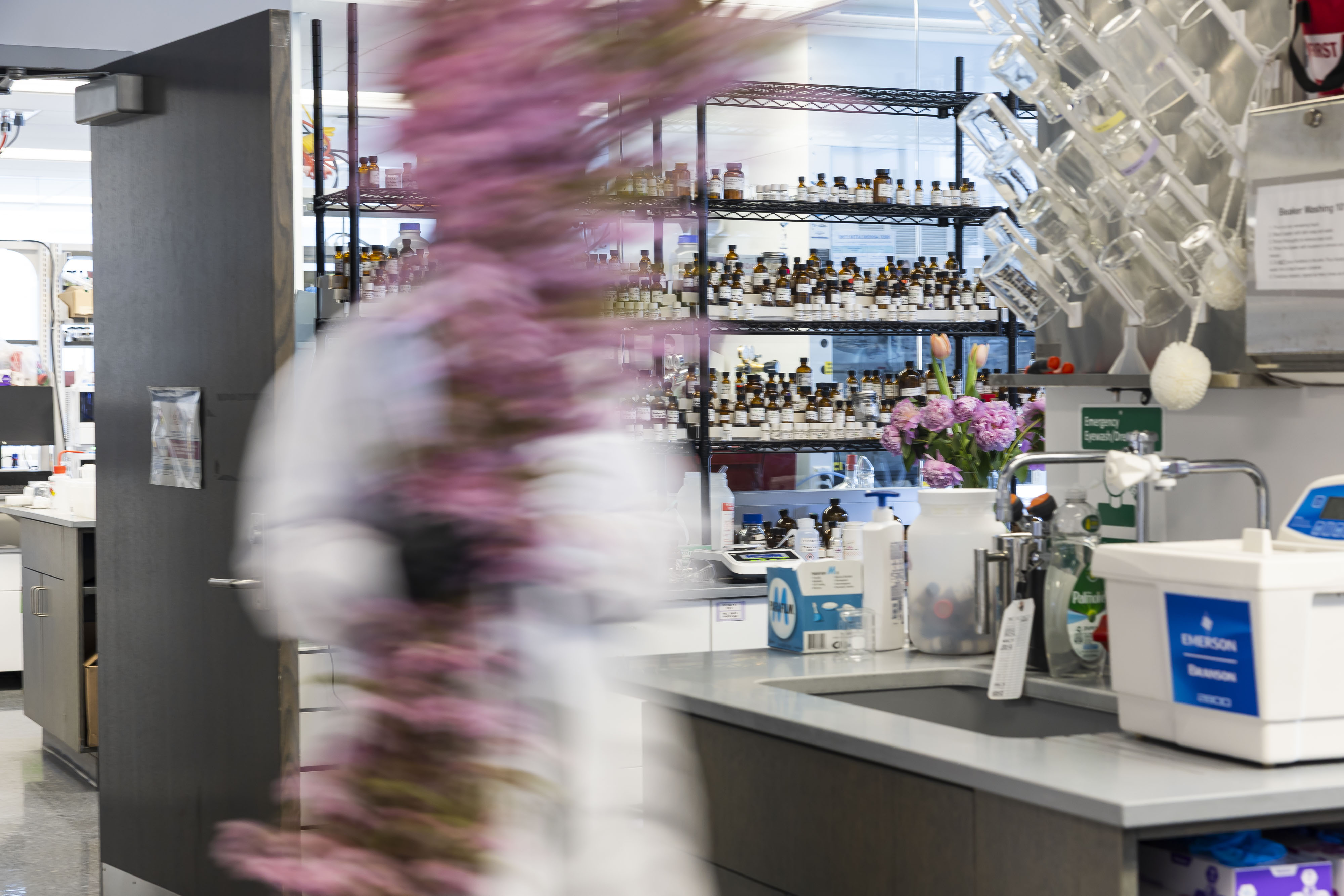
Who – or rather what – will make the next Chanel No. 5? For centuries, fine fragrance has been the domain of highly trained perfumers, or ‘noses’, whose craft involves not just technical skill but deep intuition. Traditionally, launching a new scent would include hundreds of collaborators across conceptualisation, testing, sales, and formulation, and was a time-consuming and expensive process (hence the high price tag on many luxury perfumes). But now, with dramatic advances in AI, it's never been easier for fragrance professionals, as well as novices, to go from idea to bottled reality, sometimes within minutes.
Proponents say AI not only cuts costs and democratises the field but also makes fragrances more sustainable, as climate change impacts natural resources, and with mounting ethical concerns around animal-derived scents, AI-driven synthetic alternatives offer a more accessible, potentially eco-friendlier path. AI also allows noses to experiment with hundreds of creative pairings, often at the push of a button.
However, others point out AI’s own environmental and ethical concerns, and raise worries over what happens to the artistry if we start reducing scent formulation to algorithms. But does it truly have to be a binary? Regardless of where you land, the future is here – and it looks a lot like AI.
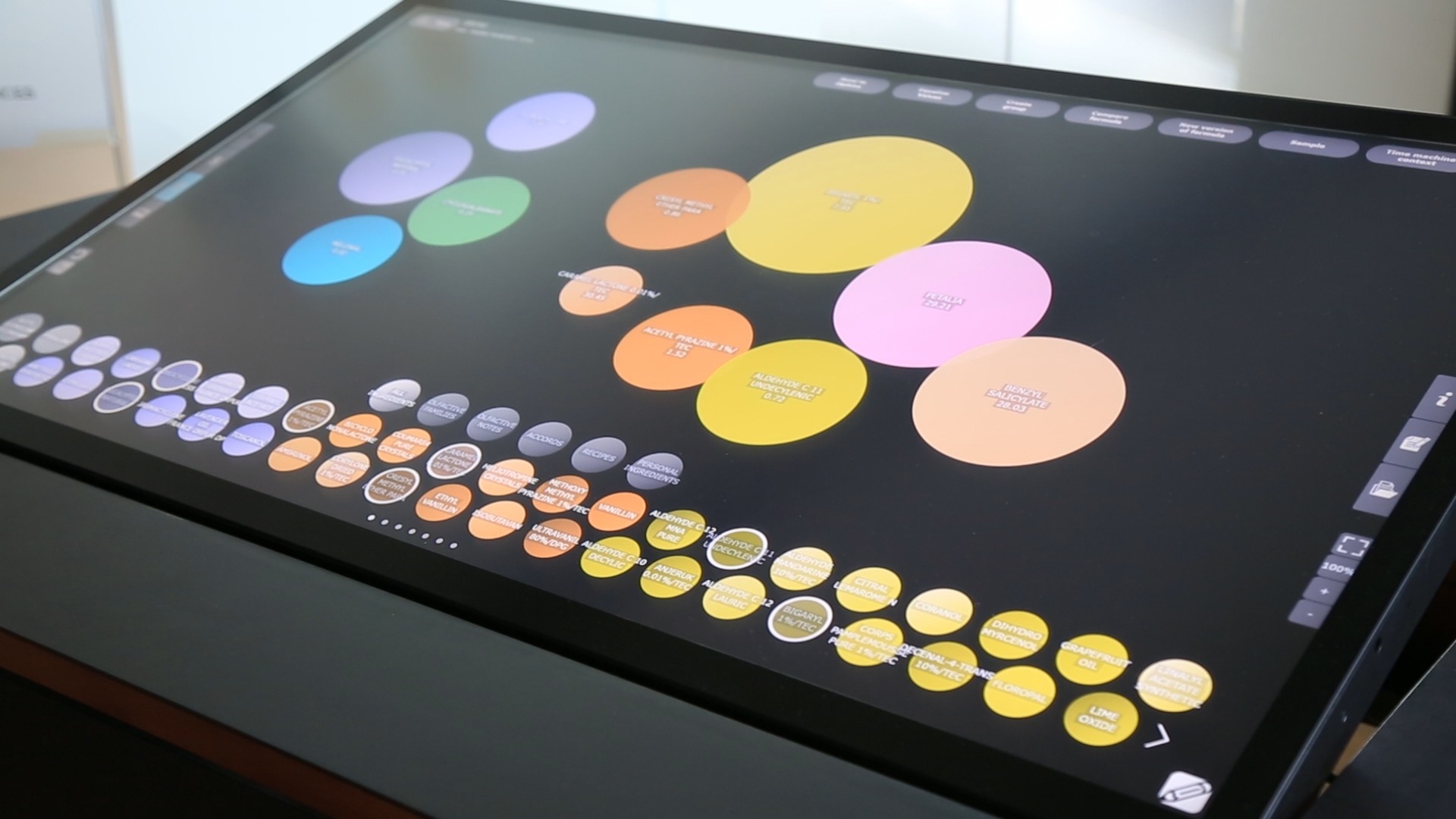
Carto, which uses an ‘Odour Value Map’ to generate scents from over 5,000 rare or niche global ingredients
Surprisingly, leading creatives are already embracing it. Calice Becker – VP Perfumer at Givaudan and creator of Dior J’Adore – helped develop and, in 2022, launched Carto. This AI-powered tool uses a massive ‘Odour Value Map’ to generate scents from over 5,000 rare or niche global ingredients. Called the ‘ChatGPT of fragrance development,’ Carto’s encyclopedic knowledge is said to be up to five times more comprehensive than a human perfumer, and is meant to craft rough ‘fragrance sketches’ to be expanded by human artists.
International Flavours & Fragrances (IFF) also recently launched its Science of Wellness programme, which combines decades of R&D with neuroscience data to design fragrances proven to enhance emotion. Paco Rabanne’s Phantom, for instance, was crafted using IFF’s ‘augmented creativity tool’ and neural data from over 45 million brain measures to track the emotional response to scent pairings.

Scent-sation is an interactive shopping experience that matches products – in this case, a choice of YSL fragrances – based on your emotional responses, as gauged by an EEG-enabled headset
To be competitive seems to be to experiment. Recently, YSL Beauty grabbed headlines when it partnered with EMOTIV brain-measuring software to bring EEG-enabled, scent-reactive headsets to global stores. Other fashion houses are also using augmentation for 21st-century facelifts. In 2024, Prada released Paradoxe Virtual Flower, utilising AI to reimagine its legendary Paradoxe line by tapping into its vast scent library.
‘With Virtual Flower, we are reinventing Paradoxe,’ explained Nadège Le Garlantezec, the brand’s perfumer. ‘My team and I used an artificial intelligence tool – for us, this was a way of pushing the limits of creativity,’ they say of their specialised system, which allowed for the mining of ‘new olfactory territories’ by suggesting compelling and unusual pairings.
Receive our daily digest of inspiration, escapism and design stories from around the world direct to your inbox.
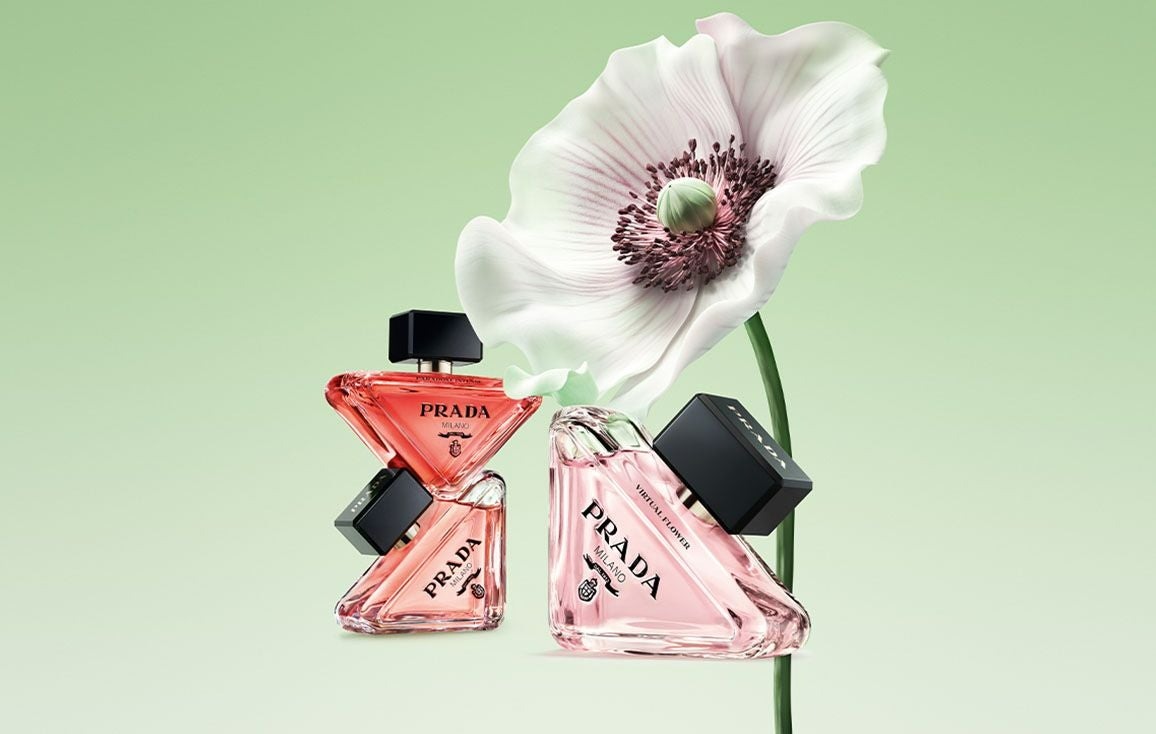
Prada Paradoxe Virtual Flower
Similarly, Givenchy’s Very Irresistible franchise was recently updated with AI and neuroscience, introducing a new ‘anti-morose’ rose extract to organically enhance moods. AI technology is also being adopted by smaller brands, including Dossier, known for recreating popular scents at a discount, which unveiled AInée, an algorithm blending AI with human perfumer expertise to offer personalised scent recommendations.
Some creators see this emerging technology as a bridge to new human experiences. At Atelier Jolie in New York City, through 14 June, visitors can experience a unique partnership between The Invisible Dog art museum and Everyhuman’s Algorithmic Perfumery.
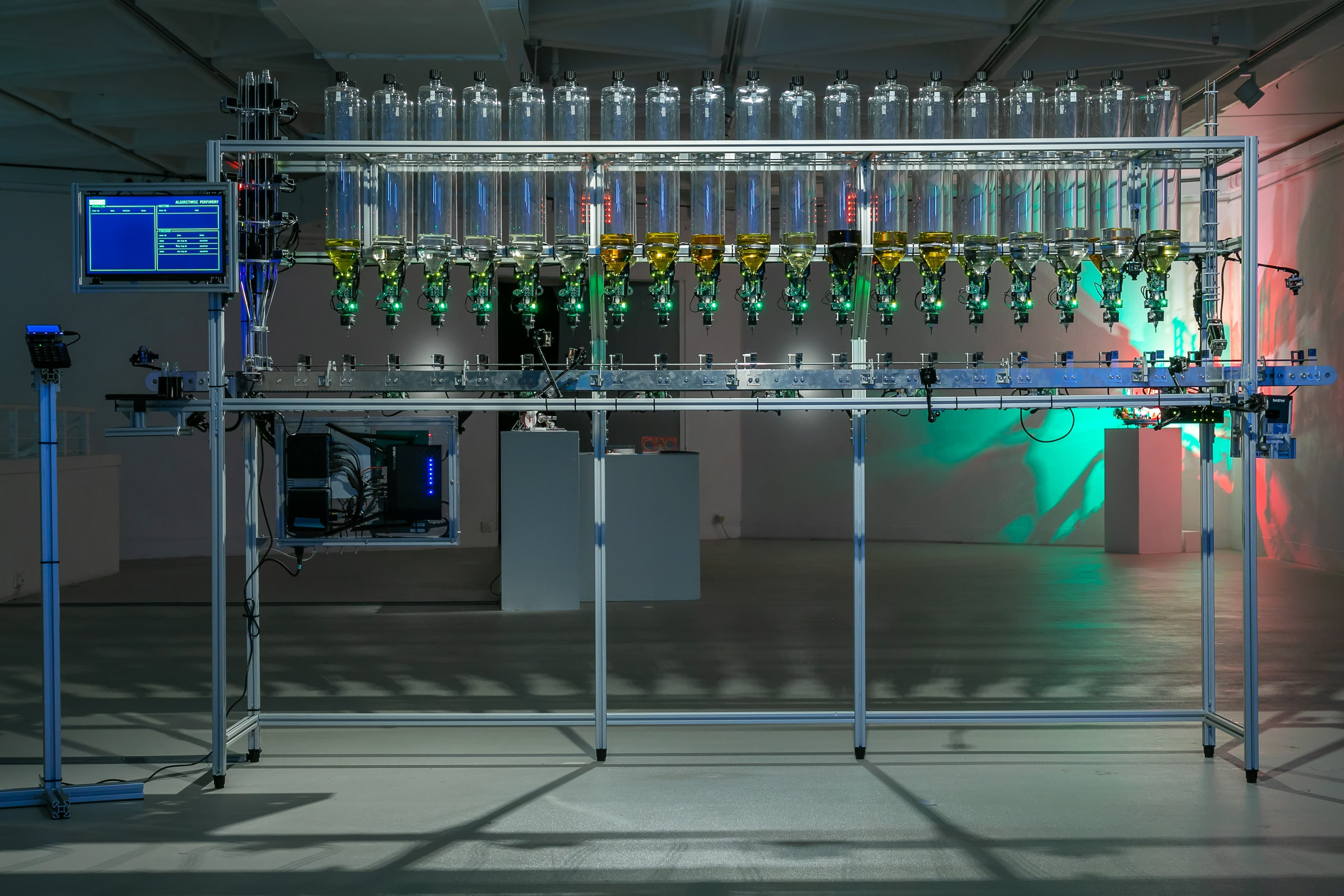
Everyhuman’s Algorithmic Perfumery, in collaboration with The Invisible Dog art museum, at Atelier Jolie in New York City, through 14 June, transforms user data into customised scents
Stepping into the space that once housed artist Jean-Michel Basquiat’s studio, a system of glass vitrines and pipes is attached to a mobile scientific lab that offers an olfactory experience on demand. The brainchild of scent designer Anahita Mekanik and artist-technologist Frederik Duerinck, it transforms user data into customised scents.
After filling out a survey reminiscent of a Myers-Briggs personality test, information is fed into the algorithm and sifted through the machine’s entire palette, partitioned through the scent lab, and then distilled to create a physical manifestation of your personality (mine was a cross between a fruity/floral essence and new age incense, an odd pairing, perhaps, but fittingly personal).
The pair don’t see what they do as replacing the painstaking work of crafting customised perfumes; instead, they utilise a sophisticated lab technician as a creation partner. ‘We’re expanding the pie,’ says Mekanik. ‘We give you a tool, but it’s more about creativity and moving away from traditional consumerism,’ she says. ‘You can share your formula if you love it; it becomes a great way to connect with other humans.’
Frank Voelkl, a principal perfumer at DSM-Firmenich and veteran nose, believes AI can be a foundational instrument. ‘When used thoughtfully, AI is an ally, not a replacement,’ he says, noting it can manage onerous tasks like juggling complex datasets, consumer preferences, raw material availability, and ingredient interactions – enabling more efficient and precise formulation. And for perfumers, more bandwidth for experimentation.
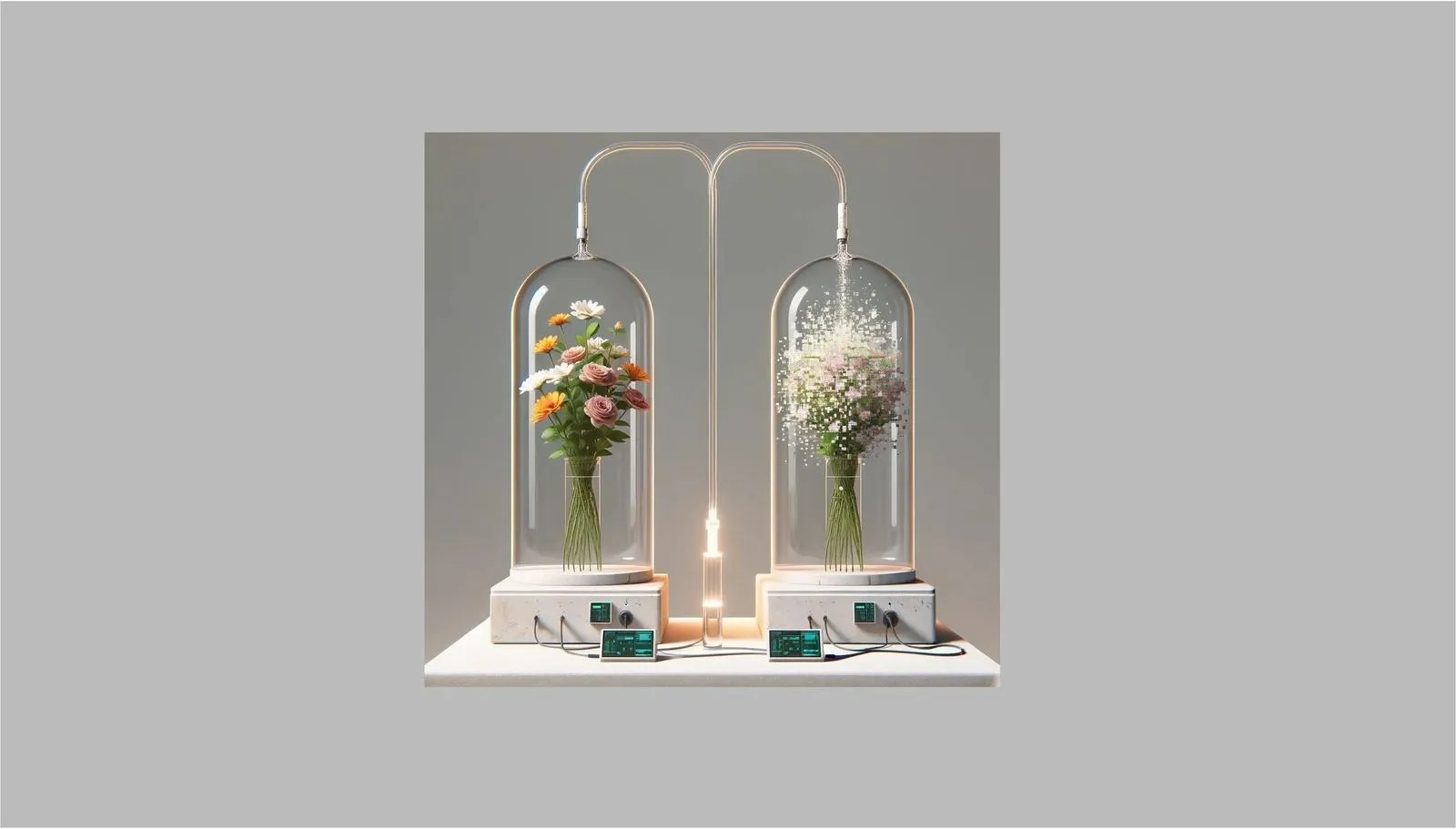
Generation by Osmo
At the vanguard, Osmo, which emerged from Google’s research department, sees the use of AI to create unique smells while experimenting with formerly far-out concepts like scent teleportation and olfactory intelligence.
Osmo is led by neuroscientist Alex Wiltschko, who fell in love with perfume as a tween in suburban Texas, where he saw a portal to new worlds. ‘When someone sprayed this invisible mist, people changed around them, behaviours changed. They changed. I was watching magic happen,’ he says of his inspiration to study olfactory neuroscience, later completing his PhD at Harvard before swapping academia for entrepreneurship and a role at Google. On a mission to demystify the world of scent, he created Generation by Osmo, a fragrance house that utilises both molecular and natural ingredients. ‘With Generation, anyone can launch a fragrance brand,’ he says, ‘if you have an idea, we can help build it.’

Generation by Osmo
Wiltschko sees unlimited potential, including rare scent recreation, the production of biodegradable materials, and the ability to make perfume adaptable to allergy sufferers. Don’t be surprised if some day your computer can even transport scent over your next Zoom call. ‘A challenge in the fragrance market is that the world’s moving faster – tastes are becoming more niche and personalised, and the need to have something unique is growing,’ he says. ‘If you smell like somebody else, if your product smells like something else on the shelf, you’re going to get left behind.’
Not everyone is sold. Beauty writer and fragrance historian Arabelle Sicardi runs a creative collective called Perfumed Pages as well as popular scent swaps where guests exchange fragrances and fan over artistry. ‘I understand the merits of AI – it’s a great tool for someone who already understands the craft – but I also know it will be used as shortcuts for human jobs,’ she posits, noting that perfume culture isn’t about the end product but the exploration and depth of knowledge accrued. She notes that for a new generation of perfume enthusiasts, it's not about finding ‘the sexiest perfume that'll make them more desirable,’ but appreciating the artistry.
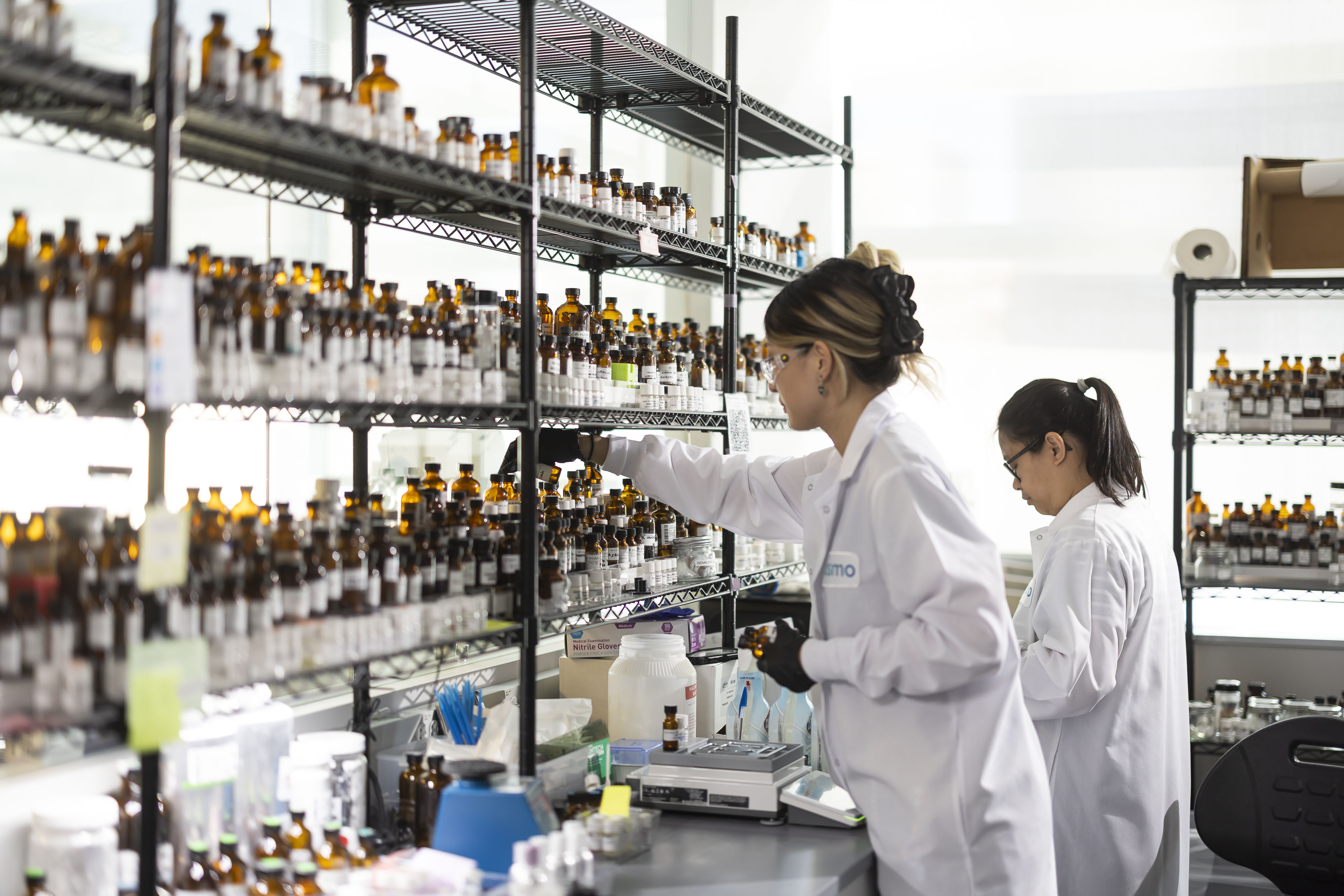
Generation by Osmo
‘The niche community continues to grow – and there are no signs of it stopping,’ said Jake Levy and Matt Belanger of Stéle, one of NYC’s most influential indie perfume stores, of the boom in smaller fragrance houses. ‘While sometimes met with criticism from those who may not understand or appreciate the journey it takes to find a scent, there is a thriving community that finds enjoyment in fragrance both as a hobby and profession.’ They note that indie fragrances have broad appeal, but they're seeing a particularly strong trend with Gen Alpha. And as anyone who has paid attention to the rise of Scent-Tok can see, the first digitally native generation can't get enough of perfume – with many preferring indie fragrances.
The pair see that, in tandem with the rise of AI, consumers are seeking exclusivity and discovery – the equivalent of browsing a record store for a new favorite band. ‘If a luxury brand sells 500,000 fragrance bottles annually, how exclusive is that?’ Meanwhile, Stéle stocks over 600 fragrances, most of which are from brands that produce fewer than 3,000 bottles of each scent. ‘While AI can speed up the creative process and offer precision, it can’t replicate the heart and soul that make a fragrance truly special,’ they say. ‘The magic of any creative work comes from the passion and effort behind it – the journey in getting there – and you can always sense when that’s missing.’
Trey Taylor, a magazine-world veteran and the creator of Serviette perfumes, sees the rise of artisan fragrance experiences, experimental spaces, and scent walking tours against the backdrop of the AI revolution as part of a larger shift in behaviour. ‘There’s more openness now, both in terms of the exposure and the places that provide these spaces, where perfumers and perfume interested people can connect.’ Trey also notes that the many hours he logged learning the ins and outs of perfuming and scent matching ultimately made him a stronger artist and innovator. ‘Everyone needs to go through that kind of training.’
With an industry worth over $60 billion, there’s a lot at stake in the upcoming debate over the use of AI in perfume – one that will no doubt bring radical transformation. But as for whether an algorithm will someday create the next Baccarat Rouge or Opium? The future, as they say, is still unwritten.
Laura Feinstein is a Brooklyn-based writer who has spent almost two decades covering design, technology, and global culture for publications such as The New York Times, The Guardian, Departures, CityLab and The Creators Project at VICE.
-
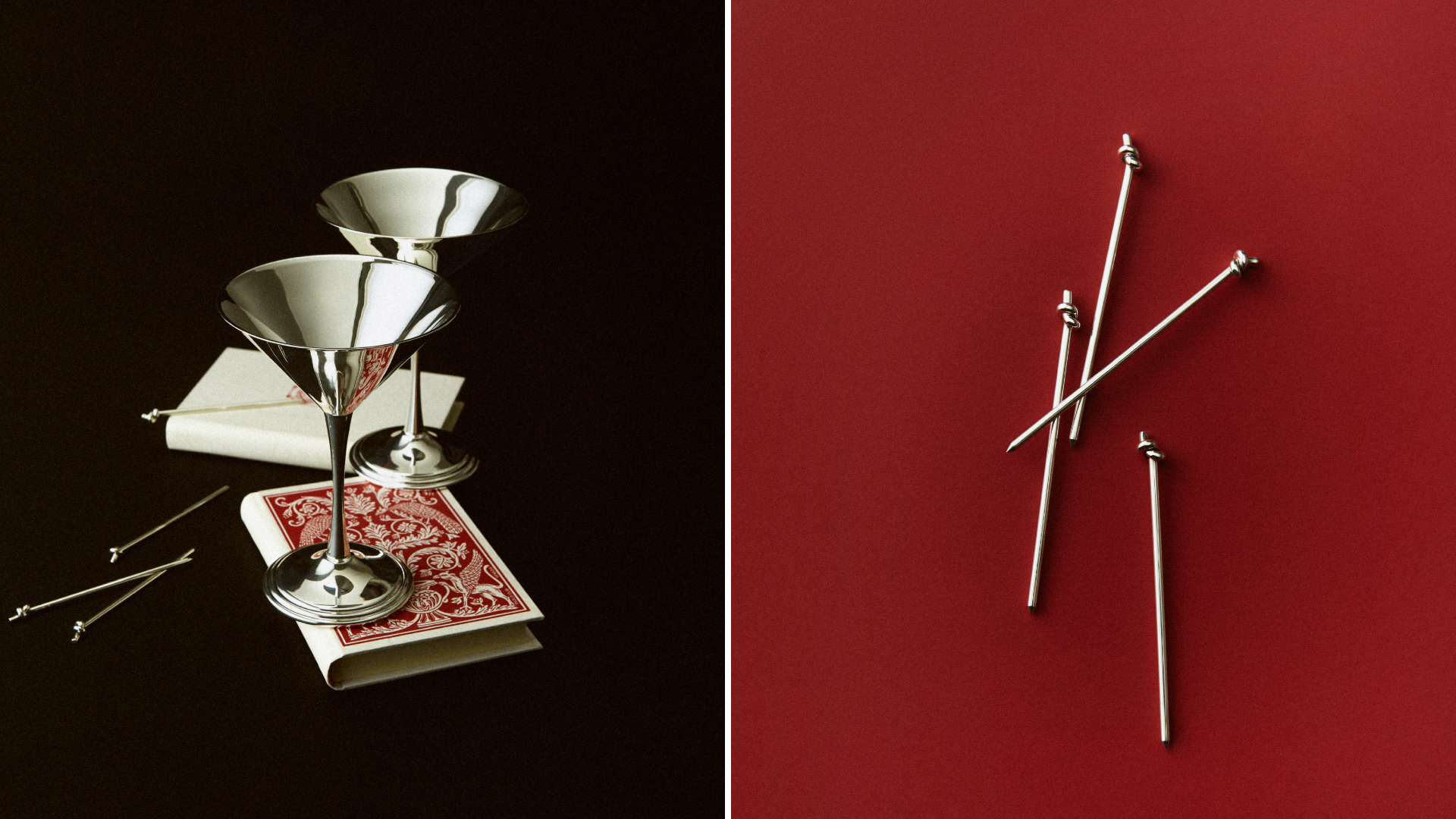 Bottega for Bottegas 2025 invites artisans to reinterpret the ritual of the aperitivo
Bottega for Bottegas 2025 invites artisans to reinterpret the ritual of the aperitivoThe annual initiative showcases makers and creatives who share Bottega Veneta’s dedication to craft. This year’s objects come together as an exquisite, modern still life
-
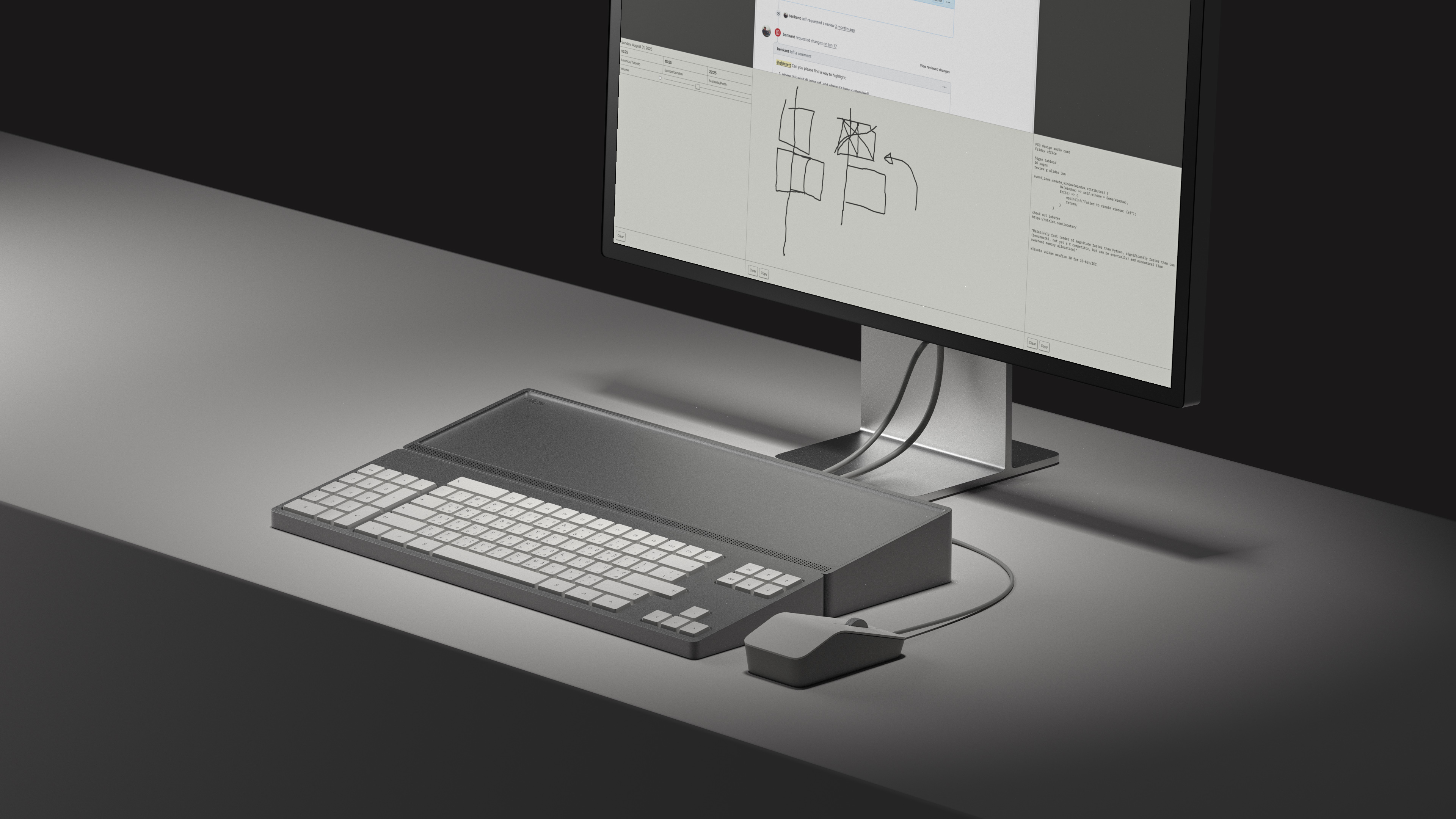 Caligra launches its c100 Developer Terminal, a stripped-back machine for serious computing
Caligra launches its c100 Developer Terminal, a stripped-back machine for serious computingPentagram’s Jon Marshall has collaborated with computing start-up Caligra to shape its sleek but serious desktop and mouse
-
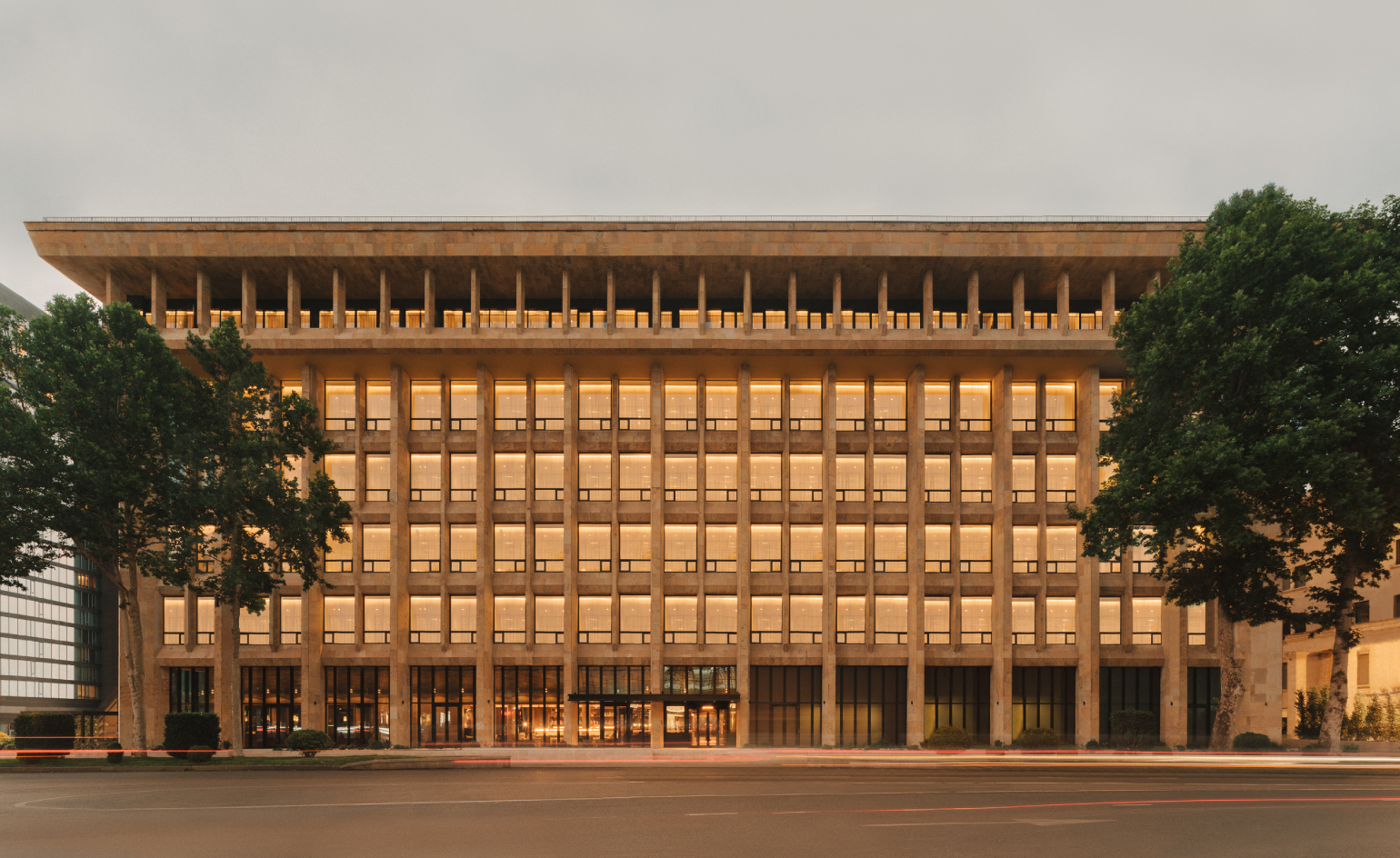 A 1970s brutalist icon becomes Tbilisi’s most striking new hotel
A 1970s brutalist icon becomes Tbilisi’s most striking new hotelNeri&Hu transforms a Soviet-era post office into the Georgian capital’s anticipated Telegraph Hotel